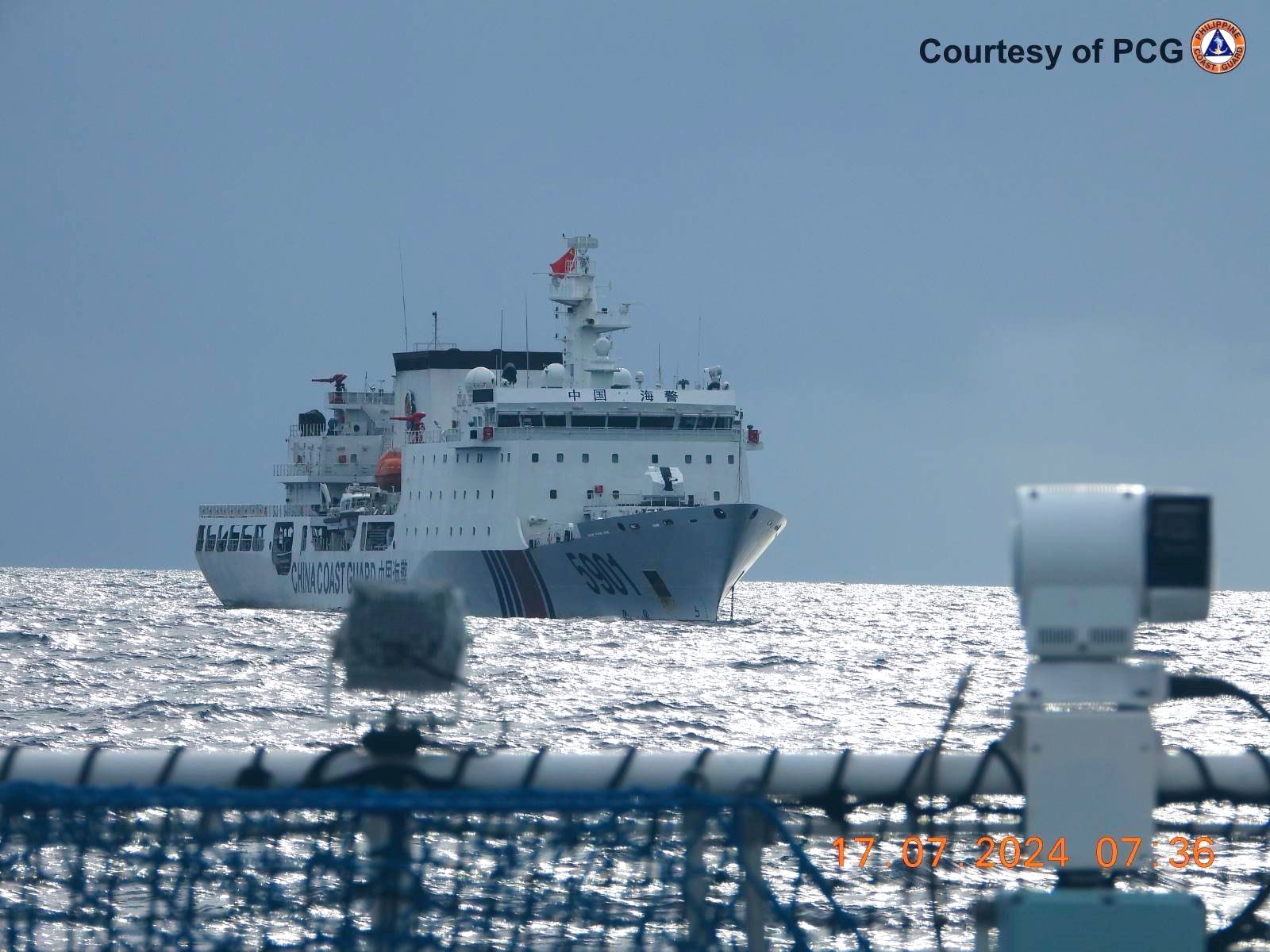During a recent patrol in the South China Sea, Canada’s Navy crossed paths with a Chinese vessel dubbed the “monster ship,” the world’s largest coast guard ship. This encounter was reported by the U.S. Naval Institute’s USNI News.
The HMCS Montreal, a 4,770-ton frigate equipped with missiles, intentionally sailed past Subi Reef, Fiery Cross Reef, and Mischief Reef in the Spratly Islands. These reefs, controlled by China, have been transformed into military outposts featuring advanced infrastructures such as communication centers, runways, and hangar spaces for combat aircraft.

Approaching the Montreal near Mischief Reef was the Chinese coast guard vessel, known for its impressive size of 12,000 tons. The Canadian commanding officer noted that the interactions were both safe and professional.
This ship, called Nansha, named after the Spratly Islands, serves as a crucial asset for China in asserting its maritime claims and protecting its interests in the East and South China Seas, regions where it has ongoing disputes with nations like Japan and the Philippines.

Measuring 541 feet long and capable of reaching speeds over 28 mph, the Nansha is outfitted with various armaments including rapid-fire guns and anti-aircraft machine guns. In comparison, the U.S. National Security Cutter is considerably smaller at 4,700 tons and lacks the sheer power of the Chinese vessel.
The vessel exemplifies China’s commitment to enforcing its claims marked by the controversial “nine-dash line,” which was invalidated by a ruling from an arbitrational panel in The Hague in 2016. Designed for high-demand operations, Nansha aims to strengthen China’s influence in these contested waters.
Philippine coast guard forces have encountered the Nansha several times. Recently, they tracked its movements for 10 days using advanced detection technologies from Canada.
This summer, the Montreal engaged in several naval operations near China, including cooperative activities with U.S., Japanese, and Philippine forces. After initially operating in the South China Sea, it shifted north to the East China Sea for further joint missions before returning south.
In August, the Canadian frigate participated in U.S.-led maritime exercises, visiting Ho Chi Minh City in Vietnam mid-month and continuing its deployment thereafter.
The Montreal is deployed under Operation Horizon, which underscores Canada’s commitment to a peaceful and inclusive Indo-Pacific region, promoting stability and adherence to international norms, according to the country’s defense department.
